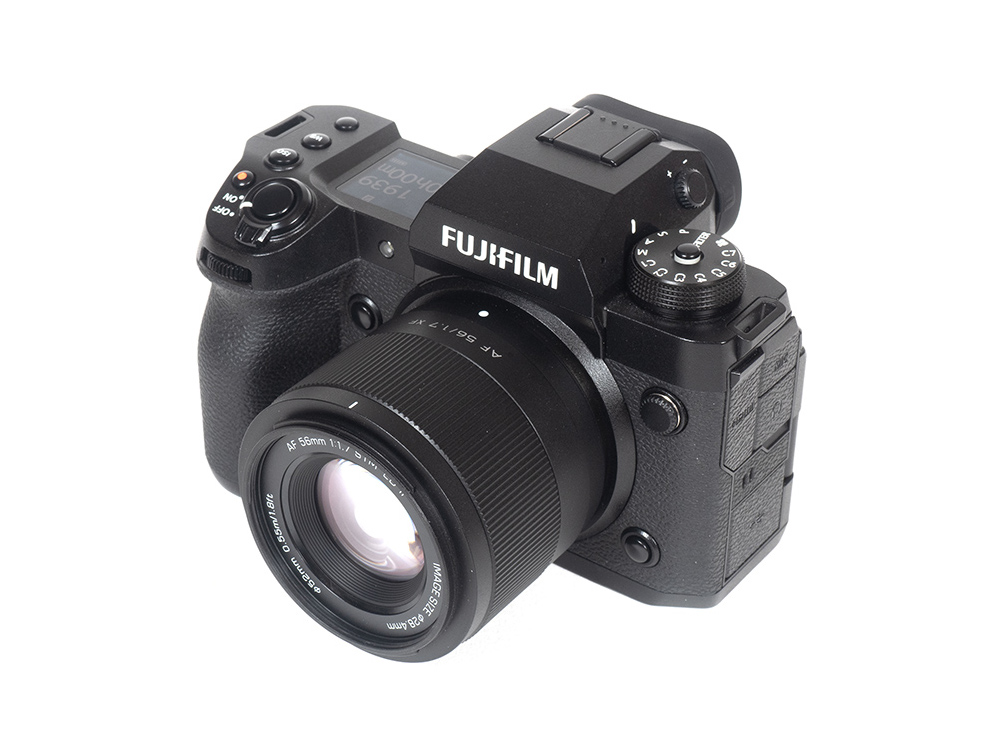Introduction
It is always exciting to review lenses with exotic specs, but the truth is that much of the real-world action in shops is about items with a more sane price tag. The Japanese manufacturers seem to depart from this market segment, thus making room for new players – and Viltrox is one of them. While Viltrox is now also exploring higher-grade products, they still release more affordable lenses, such as the Viltrox AF 56mm f/1.7 X offered for as low as $169 USD ($139 in Zmount). That’s far more affordable than Fujifilm’s own 50mm f/2 R WR lens. The 56mm f/1.7 is an APS-C format lens, which translates to a medium tele lens equivalent to about “85mm” in full-format terms – a classic focal length for portrait and street photography.
The price tag may be suspiciously low. However, this doesn’t translate to a cheap build quality. While it may not be comparable to a Viltrox AF 27mm f/1.2 Pro, it’s still precisely manufactured and made of good quality, matte, engineered plastic based on a metal mount. The lens uses an internal focusing mechanism thus the length doesn’t change during focus operations. Overall it feels sturdy despite the very low weight of just 171g. The focus ring turns smoothly without any wobbling. There is no AF-MF switch nor an aperture ring so all this has to be controlled via the camera. Users who prefer a more retro-style handling, which Fujifilm often promotes, may not like this, but it works just fine with Fujifilm X-S series cameras. A small, petal-shaped lens hood is provided.

The Viltrox AF 56mm f/1.7 X uses an older style stepping motor (STM) for autofocusing as well as the manual focus by-wire system. It’s near-silent and reasonably fast. We wouldn’t use it for action photography, though. Firmware upgrades are possible via a USB port at the mount.
| Specifications | |
|---|---|
| Optical construction | 11 elements in 9 ground including 4x ED, 3x HR |
| Number of aperture blades | 9 |
| min. focus distance | 0.55m (max magnification 1:9) |
| Dimensions | φ65×54.7mm |
| Weight | 171g |
| Filter size | φ52mm |
| Hood | barrel-shaped (plastic, bayonet mount, supplied) |
| Available Mounts | Nikon Z, Fujifilm X |
| Other features | micro-USB port for firmware updates |
Distortions
The 56mm f/1.7 X produces negligible pincushion distortion – and that’s already in RAW images.
Further auto-correction is neither necessary nor available.
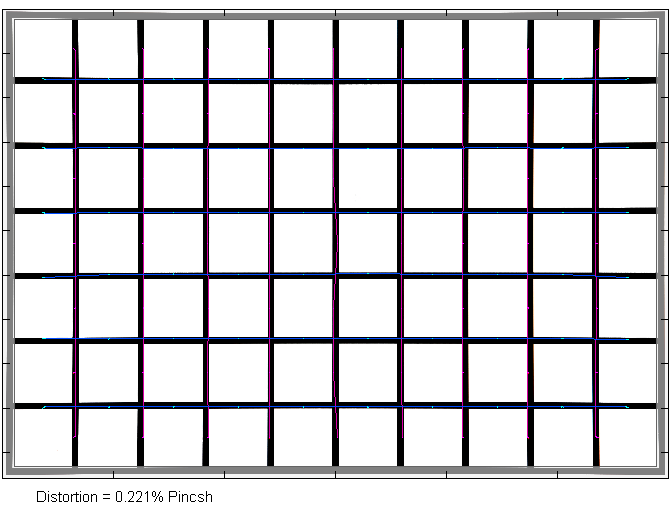
Vignetting
The RAW vignetting is a bit on the high side. At f/1.7, the light falloff of 1.3EV (f-stops) is fairly noticeable within the scope of APS-C lenses at least – this would be almost low on full format cameras. Stopping down gradually reduces the vignetting, and it’s mostly gone by f/5.6. Interestingly, Viltrox didn’t implement auto-correction here, which is rather unusual. Maybe it’ll come later as part of a firmware update.

MTF (resolution) at 26 megapixels
You may not expect too much for such an affordable lens, but it is actually pretty sharp without any major weakness. At f/1.7, the center quality is easily on a very good level, and even the corners are at least good to very good here. Stopping down increases the quality a bit until it peaks at f/4. The broader center and border quality is excellent here, and the corners are also very sharp. Diffraction has a marginal downward effect at f/5.6 and a bit more so at f/8. f/8 remains perfectly usable. Expect a higher decrease in quality from f/11 onward.
Field curvature is low. The centering quality of the tested sample was good.
Please note that the MTF results are not directly comparable across the different systems!
Below is a simplified summary of the formal findings. The chart shows line widths per picture height (LW/PH) which can be taken as a measure of sharpness. If you want to know more about the MTF50 figures, you may check out the corresponding Imatest Explanations.

Chromatic Aberrations (CAs)
Lateral CAs are very low, with an average pixel width of just 0.4px at the image borders.

Bokeh
A medium telephoto lens is just meant for shallow depth-of-field photography – even though a max aperture of f/1.7 isn’t overly impressive in this scope.
Out-of-focus highlights are nicely rendered. The center discs are perfectly circular – not only at f/1.7 but also at f/2.8. The inner zone is very smooth – the lack of aspherical elements already indicated this – and there’s barely any outlining.

The above applies to the very center zone. The shape of the discs deteriorates “early” in the midfield and “cat eyes” are obvious at the borders. Stopping down corrects the shape. The border discs are restored to a circular shape at f/2.8, and it takes f/4 to “fix” the corner discs.
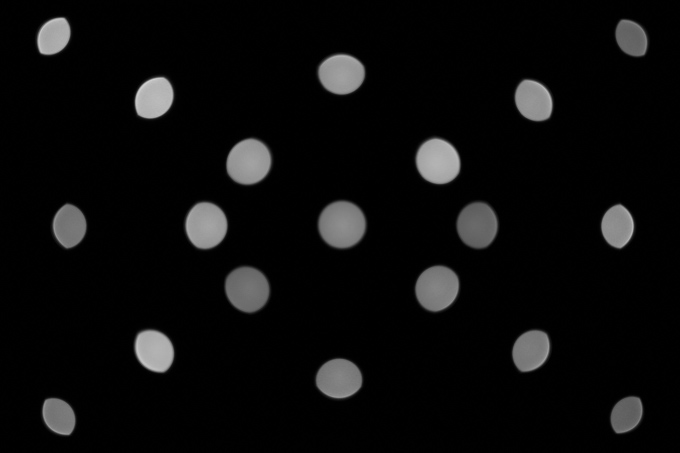


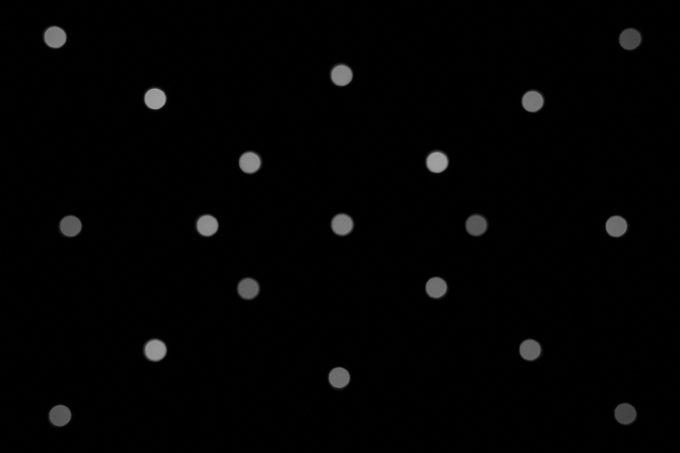
The quality of the general blur in the focus transition zone is pretty smooth in the image background as shown to the left below. The less critical foreground blur (to the right) is rather rough in comparison.

Bokeh Fringing / LoCA
LoCAs are a color-fringing defect that shows up as a greenish tint beyond the focus point and purplish-blueish in front. Surprisingly, the Viltrox lens shows only a trace of fringing at f/1.7 and f/2.2, and it’s gone by f/2.8.
If you look closely when scrolling through the aperture markers below, you may notice that the focus point shifts towards the rear – and fairly substantially so. This shift is called RSA or “Residual Spherical Aberration”. When using a large aperture setting, this can be an issue at close-focus distances.
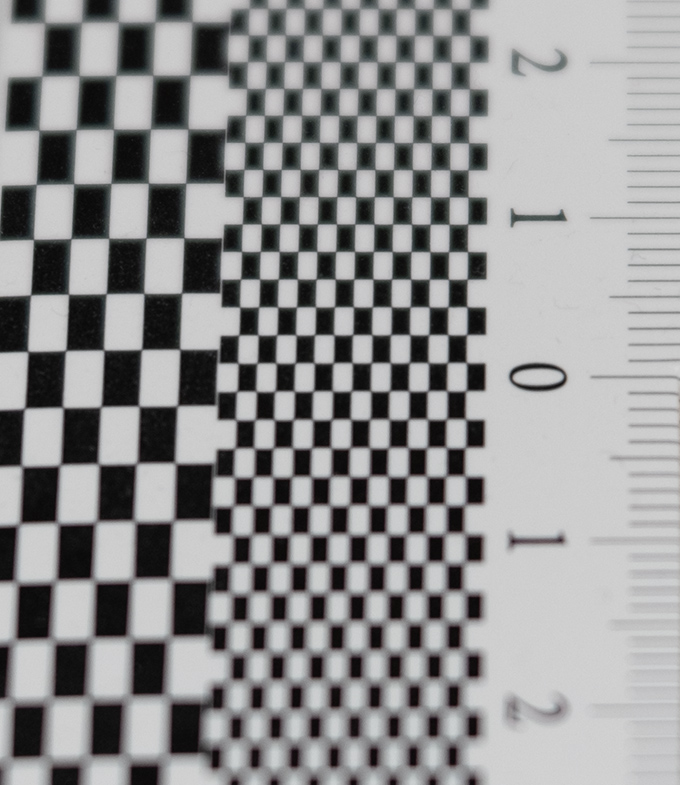
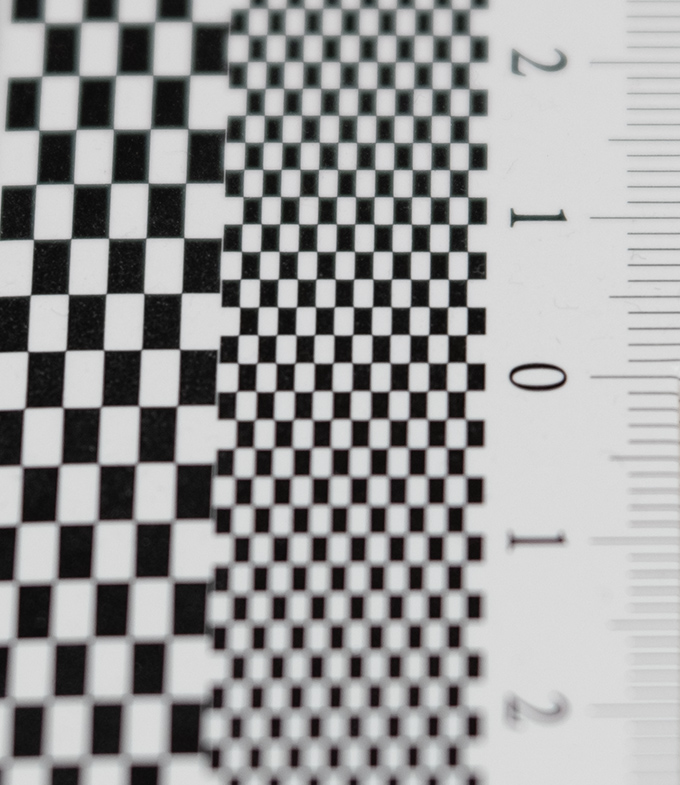

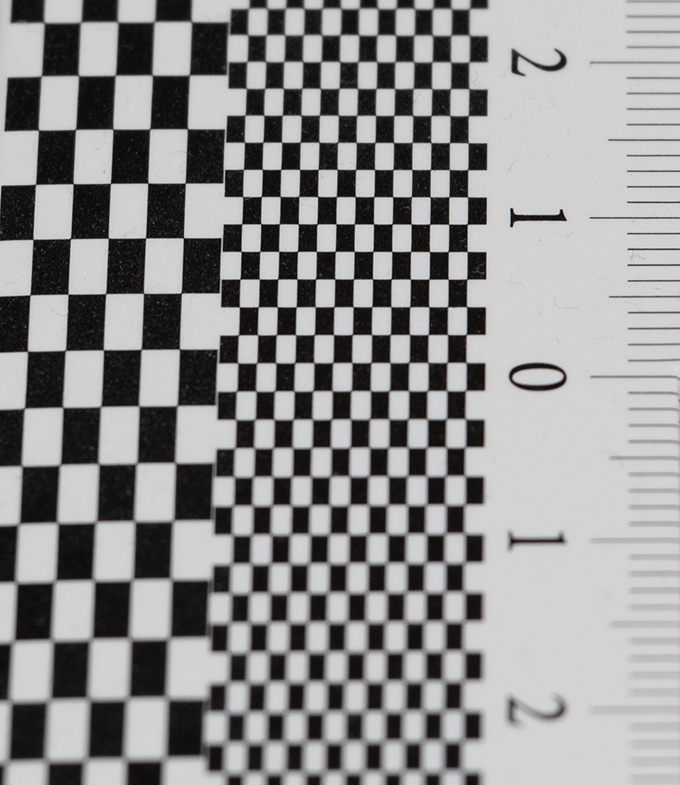
Competition
The Viltrox AF 56mm f/1.7 X (to the left below) resides within its own price segment, so there aren’t really any mainstream competitors. The closest ones are the Fujinon XF 50mm f/2 R WR (center) and the Sigma 56mm f/1.4 DC DN Contemporary (to the right). The Fujinon stands out with a dedicated aperture ring, weather sealing and somewhat tougher construction. The Sigma is obviously faster, giving you slightly better object isolation if needed. Optically, all 3 lenses are pretty good.

Sample Images
The Viltrox AF 56mm f/1.7 X is a rather surprising performer. Honestly, we didn't expect much from a $169 USD lens, but the lens didn't really show any showstoppers neither optically nor mechanically. The lens is pretty sharp at f/1.7 and great at f/4. Image distortions are non-existent and CAs are negligible. Vignetting is on the high side at large aperture settings although not dramatically so. If you want to get rid of it you have to do so manually because there's no profile correction available. The quality of the bokeh is impressive as well. Highlights are nicely rendered and the background blur is very smooth. Even LoCAs are on the low side. A bit of a hiccup are focus shifts towards the rear when stopping down. At very close focus distances this might be an issue. It's worth noting that the lens isn't really aligned to close focus scenes anyway.
The build quality is far better than the price tag may suggest. Sure, this isn't a professional grade lens. However, the plastic quality is decent and the focus feels pretty good. There is no weather sealing, but the internal focusing should help a bit against the elements at least. The AF isn't overly zippy, but it does the job just fine for its usual target applications.
At this price point, the Viltrox AF 56mm f/1.7 X is clearly a value king. If you don't need the fastest aperture around and want to save a few bucks along the way, this may be just the right lens for you.
-
Optical Quality
-
Build Quality
-
Price / Performance


